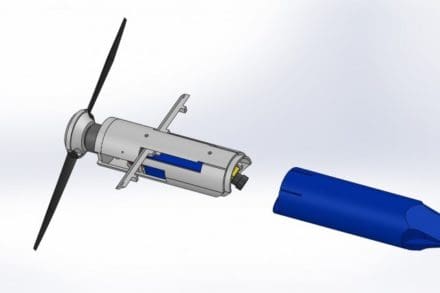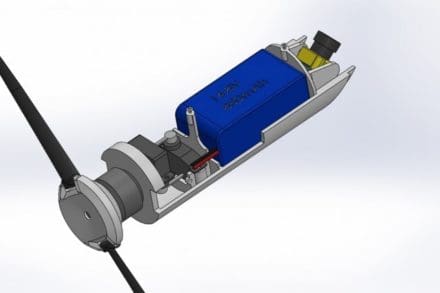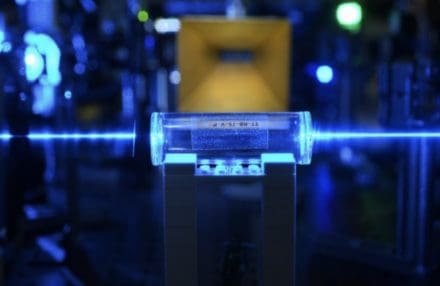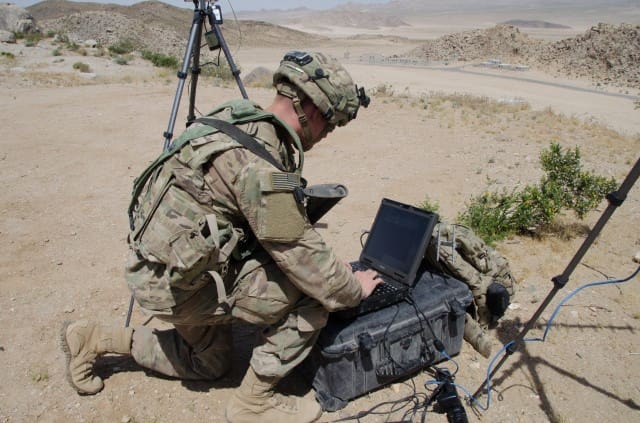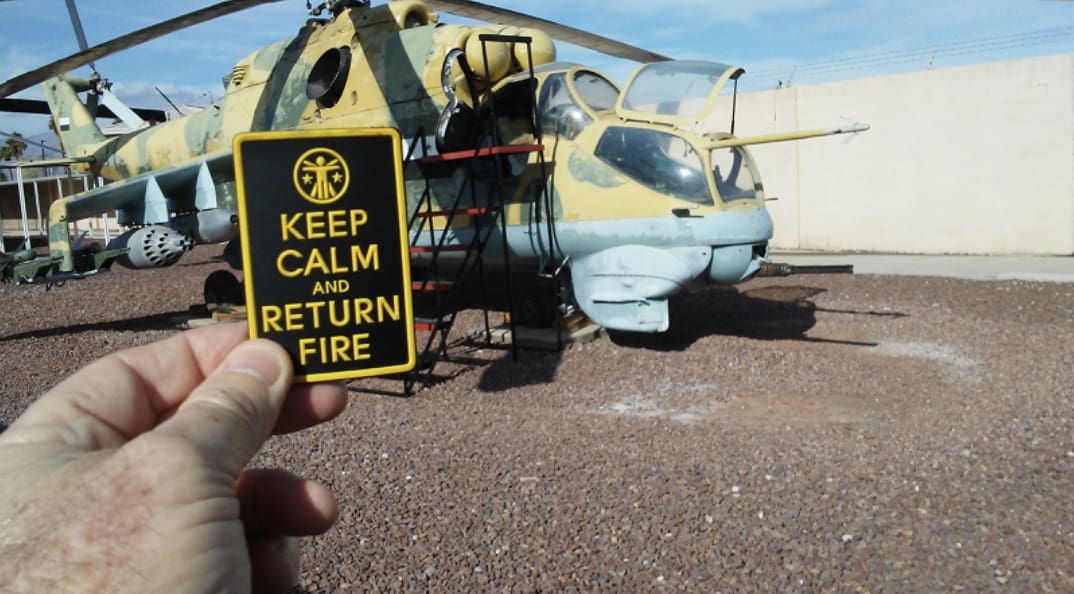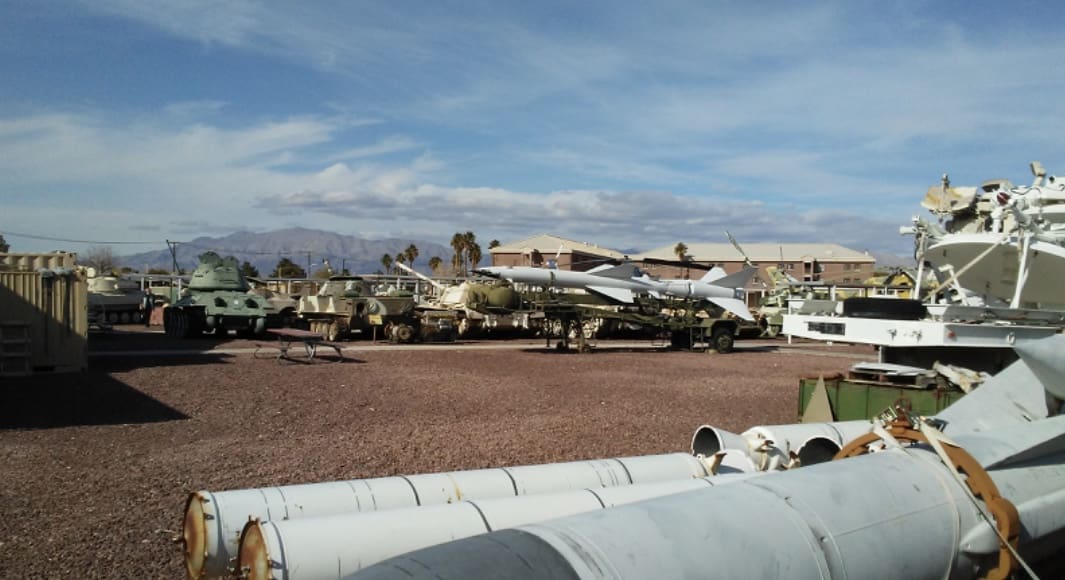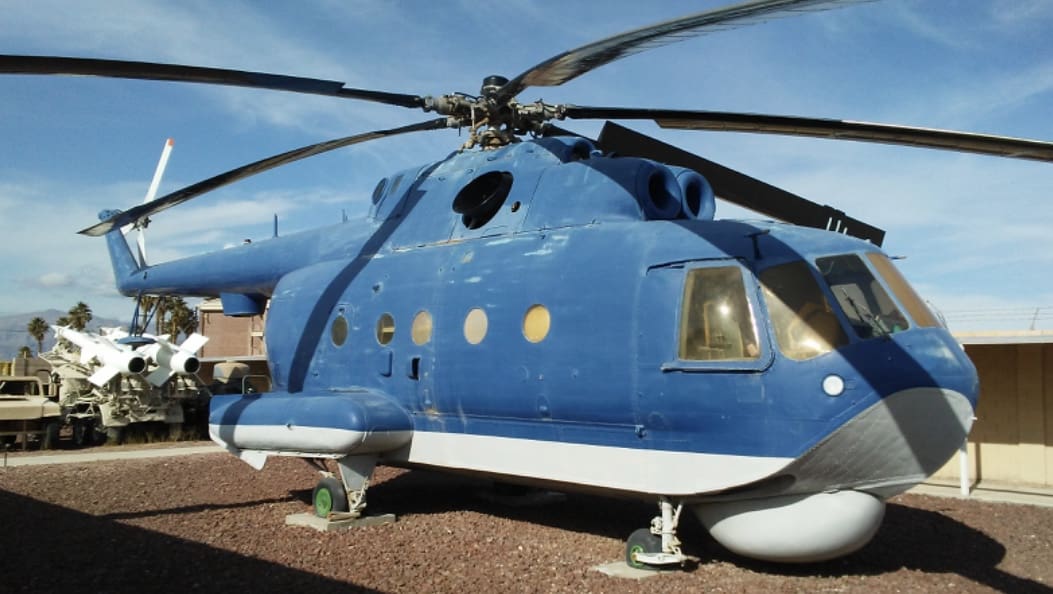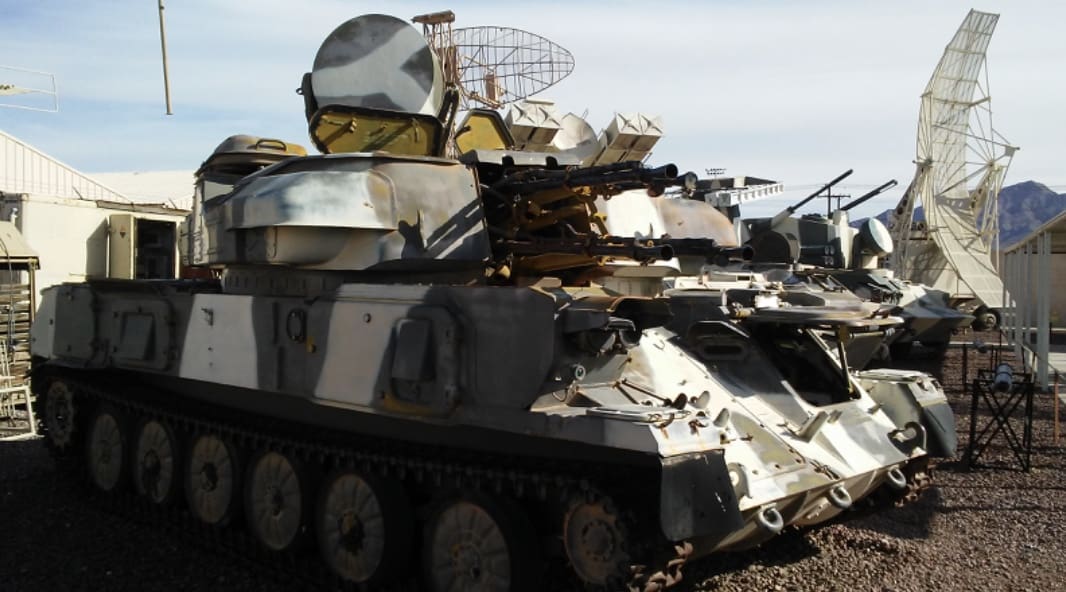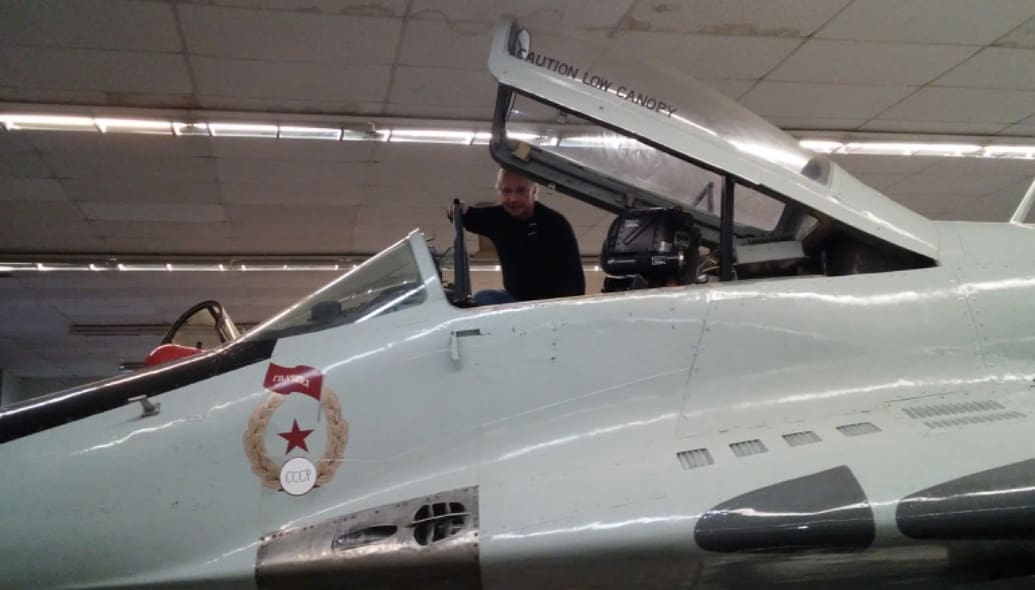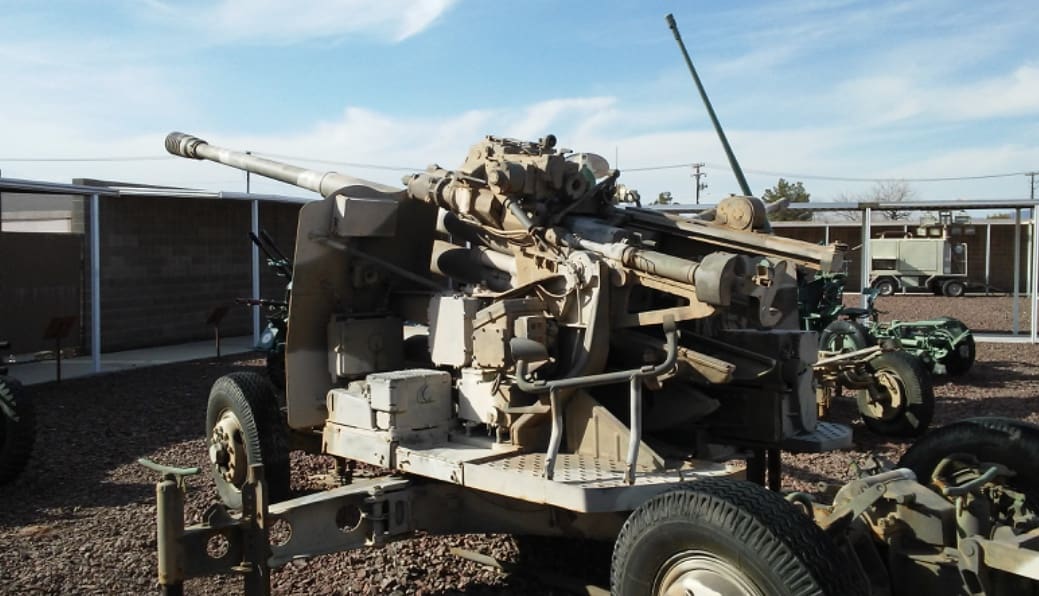The Army Modernization Strategy describes the future battlefield as high-tempo and contested, with greater weapons lethality, persistent observation, increased speed of human interaction, and proliferation of weapons of mass effects. As the operating environment changes, U.S. military forces and coalition partners will be required to sense and engage enemy targets with greater speed, better accuracy and at longer ranges to ensure overmatch. Keeping up with this new operating environment is the responsibility of the Assured Positioning, Navigation and Timing (APNT) Cross-Functional Team (CFT), who is enhancing the Army’s ability to detect, identify, process, and engage targets at a more rapid pace.
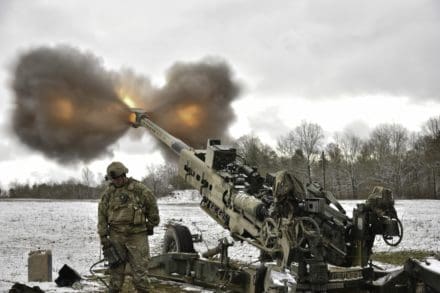
To do this, the APNT CFT has initiated a Sensor to Shooter (S2S) Campaign of Learning (CoL), a process by which the Army will learn the best way to employ the S2S capabilities in an operationally relevant way. The S2S CoL will support the automation of the S2S process, to support the development of capabilities that are scalable, trainable, repeatable, and sustainable. This also gives the Army the opportunity to enhance and discover new capabilities so that processes and connections are fielded and implemented immediately as new sensors and shooters become available to the force.
“Working with our partners, we are finding ways to utilize innovative resources, such as machine learning and artificial intelligence, to automate sensor to shooter operations,” said Mr. Ben Pinx, S2S Lead for the APNT CFT.
“Doing this will shorten the time it takes to turn intelligence data into actionable targets, giving us the most accurate data and targeting information so that we can effectively disintegrate enemy forces.”
Reducing the S2S timeline will ensure the Army’s ability to prosecute more targets in a shorter time despite the complexity of future operating environments. To be successful, the Army must operationalize the S2S process to enable an “all sensor to all shooter” approach. Today, the APNT CFT is working closely with partners across the Army, to include the Army Futures Command, the Assistant Secretary of the Army for Acquisition, Logistics, and Technology, the Fires Center of Excellence, the Intel Center of Excellence, the Network, Long Range Precision Fires (LRPF), Future Vertical Lift, and Next Generation Combat Vehicle CFTs, the HQDA G2 Intelligence Surveillance and Reconnaissance Task Force, the Army Tactical Exploitation of National Capabilities Program, and the Artificial Intelligence (AI) Task Force to increase the S2S process in order to target more effectively and efficiently.
To assess the S2S CoL, the APNT CFT and its partners are performing a sequence of exercises in U.S. Army Europe (USAREUR) and U.S. Army Pacific (USARPAC) this year.
“Operationalizing S2S will not only shorten the time it takes a sensor to identify targets, select the appropriate effects platform, and generate a coordinated fire order,” said Mr. Nelson, APNT CFT Director. “It will also create a scalable, trainable, repeatable, and sustainable process that can be used at any echelon, on any network and any fires platform [lethal and non-lethal], within any operational environment.”
EXPLOITING THE TARGET
Multi-domain fires requires predictive, accurate, timely collection, sharing, and assessment of large amounts of data. Advanced technologies, such as machine learning and AI, have the power to drastically change the way Soldiers operate in the battlefield, reducing response time, simplifying or expanding cognitive processes, and enabling faster decision making, all of which are essential to create convergence and allow the joint force to achieve overmatch. The collective S2S process must detect and prioritize targets, conduct fires planning, and establish appropriate and permissive fire support coordination measures to enable a timely fire order to the shooter. Reaction time is critical, as this all takes place before the target moves or becomes stale. The more important the target, the more it will be protected. Deep or well protected targets in an anti-access and area-denial region will pose significant challenges to the ability to identify, track, and engage targets. All this in consideration, the CFT is finding new ways to employ deep sensing beyond the current reach of operational and tactical sensors.
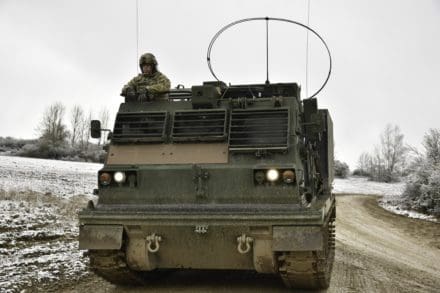
The APNT CFT is integrating new space-based sensors as part of the S2S capability, which can enhance Soldier access to targets, providing responsive and resilient capabilities to the commander in the field. Additionally, the CFT is working closely with its partners to deliver a global, operationally relevant, space-based capability to provide deep sensing, which can be tasked at the operational and tactical level to produce prompt, accurate, and persistent data enabling precision fires at range.
“Space enables the processing, exploitation and dissemination of data at a rapid pace,” said Mr. Nelson. “It gives Army forces the ability to deliver accurate, effective, and predictive multi-domain fires in all areas of operational warfare.”
ASSESSING SENSOR TO SHOOTER
In February and March, the APNT CFT partnered with USAREUR personnel along with its CFT, military and Department of Defense partners, successfully conducted a series of S2S Live Fire Exercise (LFX) demonstrations in Grafenwoehr Germany.
The LFX consisted of three demonstration events. During these events the team successfully sensed and hit targets at ranges beyond line of sight using satellite capabilities that have not been responsive to ground forces until now. This shows the Army’s ability to leverage space-based sensors to pursue deep targets. As the LRPF CFT fields capabilities with far greater ranges than were previously capable, these types of sensors will be able to accurately and reliably find the targets for engagement.
“The success of the sensor to shooter live fire exercises with USAREUR shows the tactical benefit of an integrated sensor to shooter capability that can see beyond line of sight,” said Mr. Nelson. “This new capability will enable multi-domain operational forces to engage and defeat time sensitive targets and provide a robust and resilient reconnaissance, surveillance and target acquisition capability that will shorten S2S timelines for long-range precision fires.”
Mr. Pinx explained the benefits of the exercises. “The APNT CFT is looking for technologies in the ground, air, cyber, or space domains that will provide sensor to shooter as well as APNT, situational awareness and navigation warfare capabilities. During the live fire exercise we were able to use realistic conditions to show the readiness of a unit to conduct an operation using the weapons and ammunition associated with their mission.” These demonstrations gave insight to the current capabilities of the available sensors and shooters and their ability to link in novel ways to provide a capability down to the division operational level of combat.
During the demonstrations, the CFT used high explosive rounds equipped with the precision guidance kit fuze. Soldiers used the M777 155 millimeter lightweight howitzer system as the fires platform and the Advanced Miniaturized Data Acquisition and Dissemination Vehicle to gain access to the various sensors.
Target data was transmitted through the Joint Automated Deep Operations Coordination System and the Advanced Field Artillery Database System for the technical and tactical fire direction processes.
“These demonstrations provide critical data and analysis as part of our sensor to shooter campaign of learning,” said Mr. Nelson.
“What we learn through these demos will influence how we introduce these new capabilities into larger exercises like Project Convergence and Defender Pacific 20. And eventually, we’ll understand how we can utilize machine learning and artificial intelligence to pair sensors and shooters in real time.”
The LFX demonstrations were a training exercise for Soldiers as they prepare for the upcoming Pacific 20 demonstration this summer and Project Convergence in the fall.
CONCLUSION
The LFX demonstrations exhibited the Army’s ability to engage and defeat time sensitive targets with timely and accurate fires anywhere on the battlefield. Through continued experimentation and prototyping of individual capabilities within the S2S construct and the connection of assets from across joint, interagency, and multi-national sensors to any shooter (kinetic and non-kinetic), the APNT CFT will enhance the Army’s ability to approach targets and effects at a more rapid pace, improving the S2S process to ensure effective and efficient targeting and overall overmatch. This unification is the goal of the APNT CFT S2S effort and is required for a targeting process multi-domain operational strategy.
Story by Caitlin O’Neill
Photos by Spc Denice Lopez


